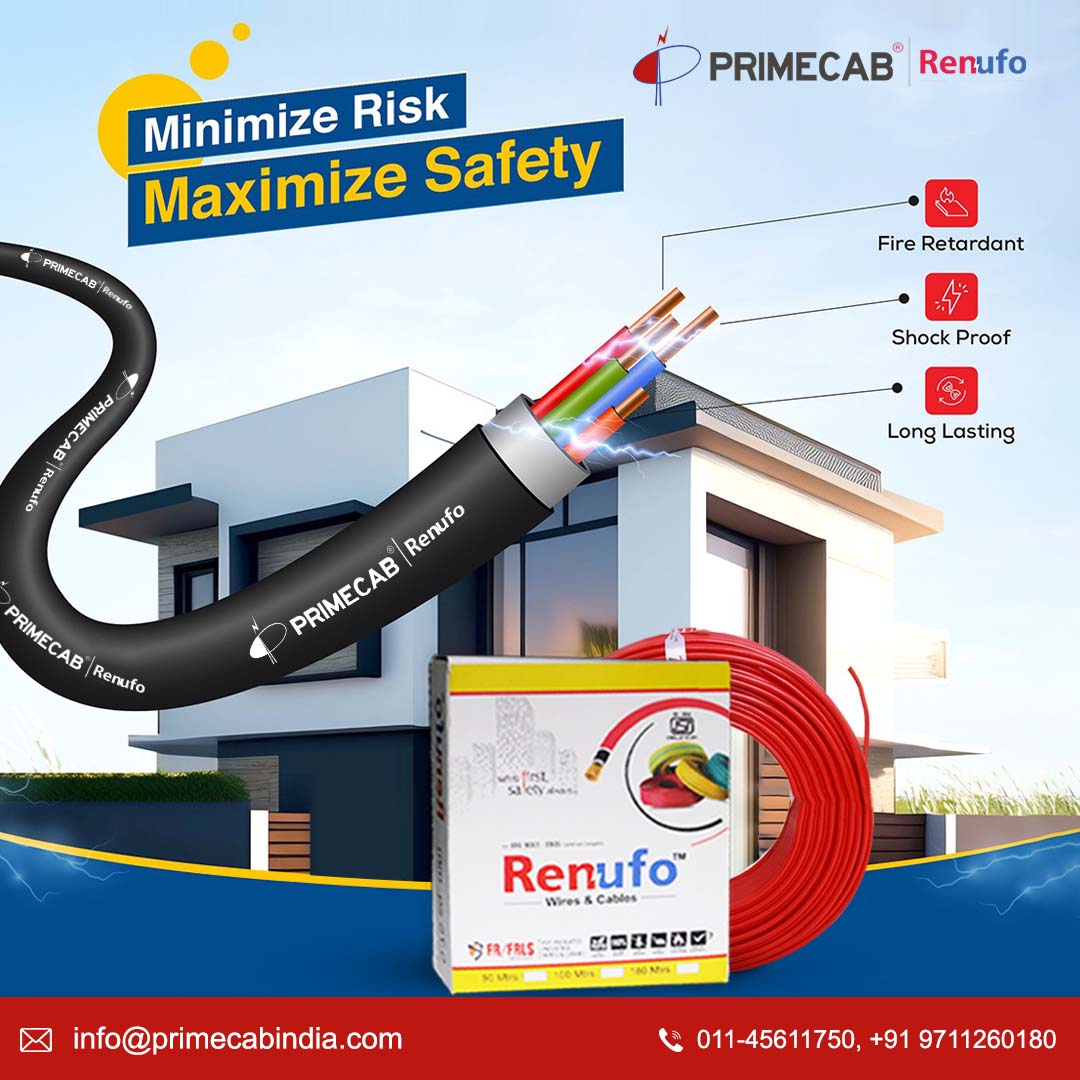The Role of Control Cables in Aircraft and Their Safety in The Sky
Control cables are important parts of aircraft. They are the linkage system that helps pilots to control airplane movement. Components such as the rudder, ailerons, and elevators are connected to the cockpit using control cables. They are extensively used in different types of aircraft, so they are also called flight control cables.
Since aircraft equipment is very sensitive, quality cannot be compromised. The control cable manufacturers such as Prime Cable Industries Pvt. Ltd. understand the importance of these cables. They design these cables that can efficiently command the aviation moving components. Some aircraft control cables connect to the landing gear which consists of wheels and allow pilots to safely land on the runway.
While digging deep let’s understand what are control cables, why they are important in aviation, and how they work.
What Are Control Cables?
Control cables are thin, flexible wire ropes. They help transmit force in an airplane. So these cables need to be strong, rust-resistant, and handle the flight stress without adding extra weight. These cables are made from strong, durable, and lightweight materials including stainless steel, galvanized carbon steel, synthetic materials, and more. These materials prevent rust, do not stretch easily, and need minimal maintenance.
Why Are Control Cables Important?
These cables are responsible for airplanes to fly safely. They allow the pilot to control breaks. If the pilot is not able to control some parts of the airplane, it can be very dangerous. For example, the cable used in the rudder breaks allows pilots to steer the airplane left or right, and prevent crashes.
How Do Control Cables Work?
Control cables transfer the pilot’s movements from the control surface in the cockpit to move the parts installed on the airplane's wings and tail. Let’s see how they work:
- The control cable connected to the elevator horizontal parts on the tell allows pull and release.
- Provide up-and-down movement in the airplane when the pilot pushes the yoke forward or pulls it backward.
- The cables are attached to the ailerons or the parts on the wing and allow yoke right and left pulls.
- This action makes the airplane tilt left, and right and also roll or turn.
- The cable connected with the rudder pedals in the cockpit helps steer the airplane’s nose in the desired direction.
- They also provide tension to the pulley systems to guide the cables along specific paths, and the craft moves smoothly or prevents getting tangled or damaged.
Conclusion
Control cables are the lifelines of an airplane’s control system. They make sure that the pilot is properly and reliably transmitted to the moving parts and that fly the airplane safely. So consider choosing the wire from trusted suppliers. Prime Cable Industries Pvt. Ltd. is one of the leading manufacturers specializing in crafting control cables in aviation. They provide you with premium wires that meet the highest quality standards of aviation safety control. Contact or visit the website for more details.






